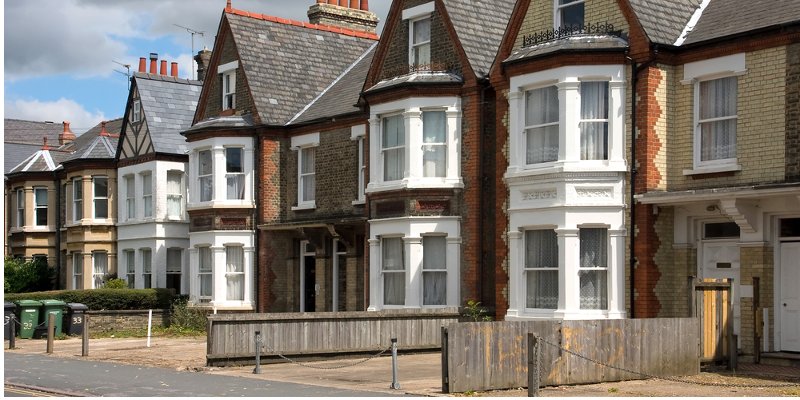Zoopla’s UK Cities House Price powered by Hometrack has found prices continue to fall in Aberdeen (-1.6%) where average values are £34,000 lower than mid-2015 at the time of the collapse in the oil price. London house price inflation is virtually flat at +0.2%.

UK city house prices rose 2.9% over the 12 months to January 2019,with prices are rising fastest in Leicester (6.0%) followed by Belfast (5.8%) and Manchester (5.4%).
Zoopla’s UK Cities House Price powered by Hometrack has found prices continue to fall in Aberdeen (-1.6%) where average values are £34,000 lower than mid-2015 at the time of the collapse in the oil price. London house price inflation is virtually flat at +0.2%.
Marc von Grundherr, director of Benham and Reeves, said: “City living remains a popular choice across the UK despite these more built up, urban hubs being most at risk in the event of a messy EU departure.
“This price growth continues to be driven by affordable locations at the bottom end of the house price ladder and in these slower market conditions, it’s only natural that the more desirable UK cities will see prices growth flatten and the time to sell extend, due to the already inflated price of getting a foot on the ladder there.
“Of course, the commitment of investing in the inner London market at present is likely to take a bit more thought than it may have previously, but to label London as a ‘drag’ and to liken the market strength to that of Aberdeen is a tad misleading.
“Prices are holding firm, transactions are steadyand London remains the pinnacle of the UK housing market,saving emerged from the negative price trends of the previous year.”
The annual rate of growth continues to moderate. Some 13 cities are registering weaker growth than a year ago as a result of affordability pressures and increased uncertainty.
The sharpest slowdown in the rate of growthwasregistered in Edinburgh, Bournemouth, Portsmouth and Bristol.
Bristol, for example, is recording annual house price growth of 1.8%, the lowest rate for over five years (September 2012) as affordability pressures impact demand. It is a similar story in Portsmouth, Bournemouth and other cities across southern England.
The weakest housing markets have the longest sales periods and the largest discounts – currently Aberdeen and Inner London where discounts to asking price average 7% and the time to sell is 16 weeks.
Nottingham has the strongest market indicators with an average asking price discount of just 2% and less than eight weeks to achieve a sale.
House price growth is holding steady at 4.6% with strong market conditions across 12 cities. All these are located outside the south of England.
While increased uncertainty has resulted in a slower rate of house price growth, there remains further potential for price growth.
Edinburgh and Glasgow have the fastest time to sell a property and achieved prices are on average 6% to 8% higher than the asking price. Homes in Scotland are typically marketed as ‘offers over’.
Discounts continue to narrow in large regional cities despite a slowdown in the annual rate of price inflation. In contrast, discounts continue to widen in London.
Uncertainty has impacted the headline rate of growth, but demand for housing is holding up better than many had expected.
The index expects city level house price growth to moderate further in the very near term. Underlying market conditions remain strong across many cities and there is potential for further price inflation once the outlook becomes clearer.



